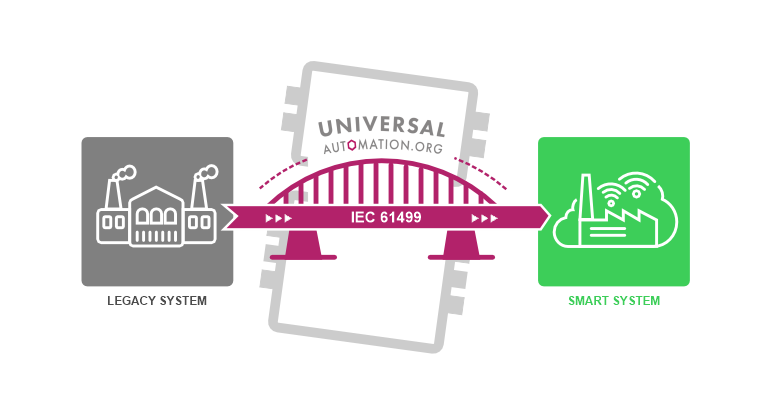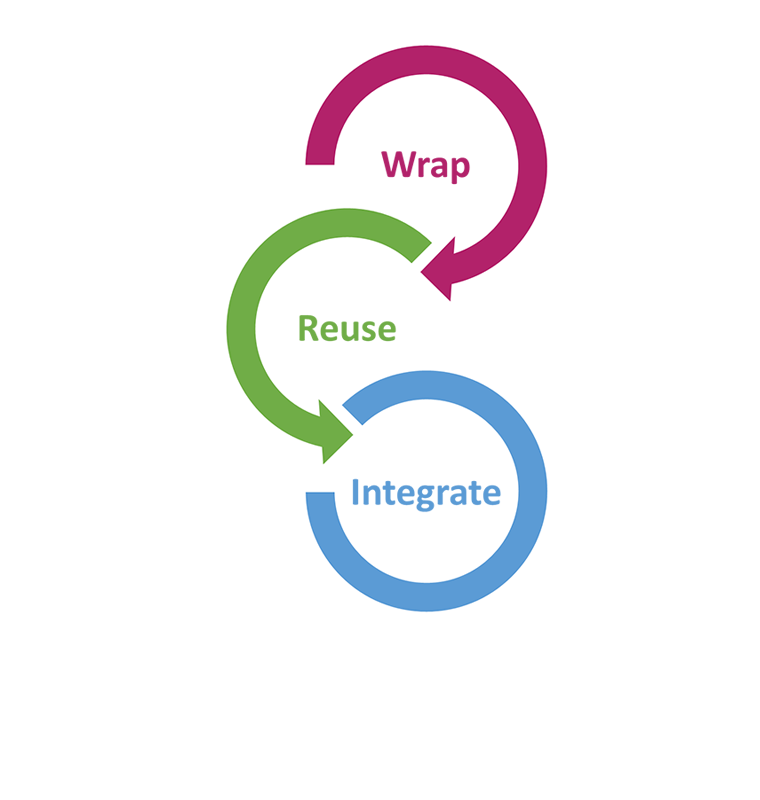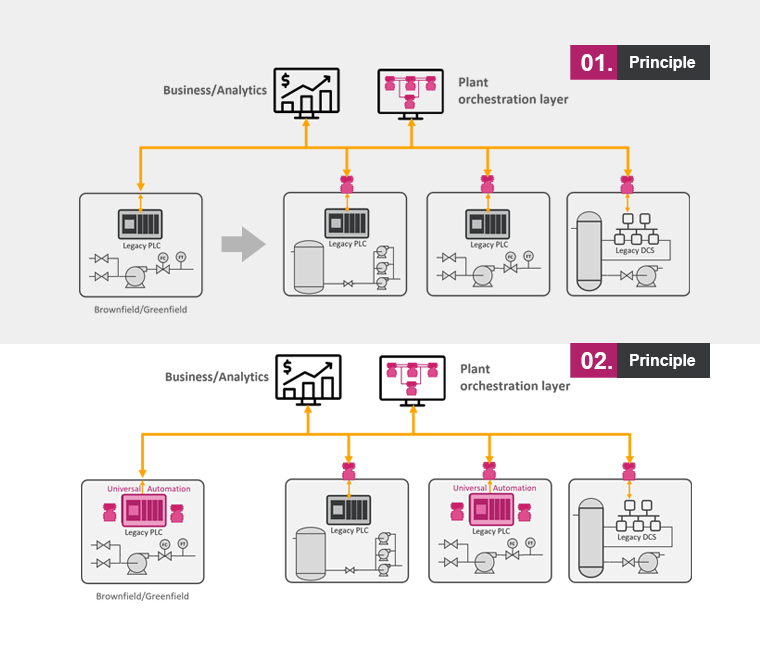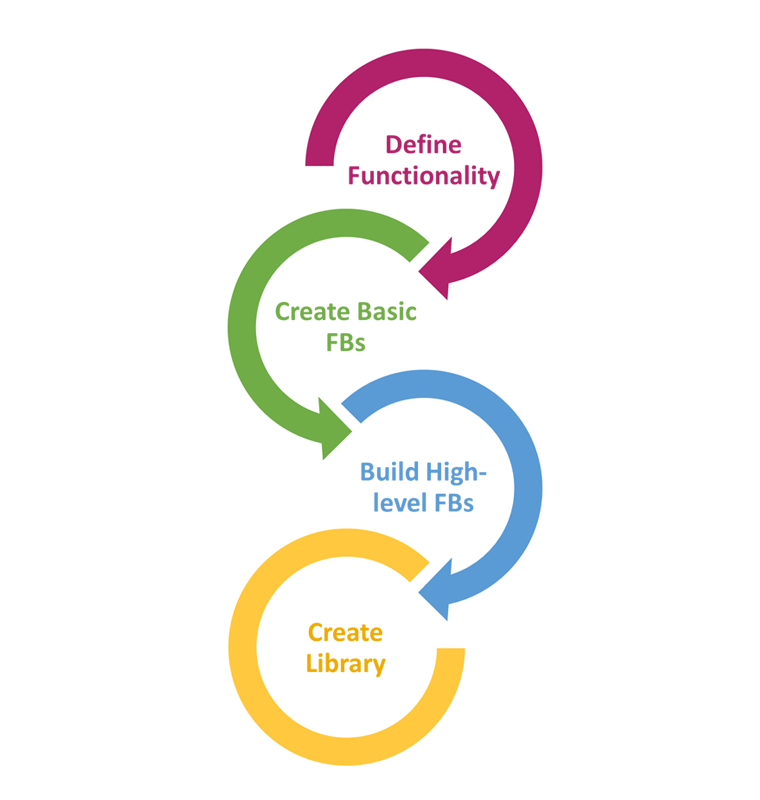UniversalAutomation.org Privacy notice
We commit to serve you with care, consideration, and respect and to protect your privacy and personal information.
1 – Who is in charge of data processing?
UniversalAutomation.org is responsible for your personal data. The UniversalAutomation.org official address is Botanic Tower, 6th floor, Blvd St. Lazare 4-10. UniversalAutomation.org is organized as an international, non-profit organization.
2 – What types of personal information do we process?
The personal data we collect may include:
- Contact information, such as your name, job title, postal address, including your home address, where you have provided this to us, business address, telephone number, mobile phone number, fax number and email address;
- Payment data, such as data necessary for processing payments and fraud prevention, including credit/debit card numbers, security code numbers and other related billing information;
- Further business information necessarily processed in a committee or participation relationship with UniversalAutomation.org or voluntarily provided by you, such as instructions given, payments made, requests and projects;
- Your password for the UniversalAutomation.org website or other password protected platforms or services, where you have one;
- Information collected from publicly available resources;
- Special categories of personal data. In connection with the registration for and provision of access to an event or seminar, we may ask for information about your health for the purpose of identifying and being considerate of any disabilities or special dietary requirements you may have. Any use of such information is based on your consent. If you do not provide any such information about disabilities or special dietary requirements, we will not be able to take any respective precautions;
- Other personal data regarding your preferences where it is relevant to the standardization services that we provide.
From time to time, it may include personal data about your membership of a professional or trade association or union, health personal data, details of dietary preferences when relevant to events to which we invite you and details of any criminal record you may have.
3 – How do we collect your personal data?
We may collect personal data about you in a number of circumstances, including
- When you or your organization seek technical documents or brochures;
- When you or your organization browse, make an enquiry or otherwise interact on our website;
- When you attend a seminar or another UniversalAutomation.org event or sign up to receive personal data from us; or
- When you or your organization offer to provide or provide services to us.
In some circumstances, we collect personal data about you from a third-party source. For example, we may collect personal data from your organization, other organizations with whom you have dealings, government agencies, an information or service provider or from a publicly available record.
4 – Are you required to provide personal data?
As a general principle, you will provide us with your personal data entirely voluntarily; there are generally no detrimental effects for you if you choose not to consent or to provide personal data. However, there are circumstances in which UniversalAutomation.org cannot take action without certain of your personal data, for example because this personal data is required to process your instructions or orders, provide you with access to a web offering or newsletter or to carry out a legally required compliance screening. In these cases, it will unfortunately not be possible for us to provide you with what you request without the relevant personal data and we will notify you accordingly.
5 – For which purposes will we us your personal data?
We may use your personal data for the following purposes only (“Permitted Purposes“):
- Providing services or things you may have requested, including on-line, technology services or solutions as instructed or requested by you or your organization;
- Managing and administering your or your organization’s business relationship with UniversalAutomation.org, including processing payments, accounting, auditing, billing and collection, support services;
- Compliance with our legal obligations (such as record keeping obligations), compliance screening or recording obligations (e.g. under antitrust laws, export laws, trade sanction and embargo laws, for anti-money laundering, financial and credit check and fraud and crime prevention and detection purposes), which may include automated checks of your contact data or other information you provide about your identity against applicable sanctioned-party lists and contacting you to confirm your identity in case of a potential match or recording interaction with you which may be relevant for compliance purposes;
- To analyze and improve our services and communications to you;
- Protecting the security of and managing access to our premises, IT and communication systems, online platforms, websites and other systems, preventing and detecting security threats, fraud or other criminal or malicious activities;
- For insurance purposes;
- For monitoring and assessing compliance with our policies and standards;
- To comply with our legal and regulatory obligations and requests anywhere in the world, including reporting to and/or being audited by national and international regulatory bodies;
- To comply with court orders and exercises and/or defend our legal rights; and
For any purpose related and/or ancillary to any of the above or any other purpose for which your personal data was provided to us.
Where you have expressly given us your consent, we may process your personal data also for the following purposes:
- Communicating with you through the channels you have approved to keep you up to date on the latest technology and marketing developments, announcements, and other information about UniversalAutomation.org services, products and technologies (including newsletters and other information) as well as UniversalAutomation.org events and projects;
- Customer surveys, marketing campaigns, market analysis, contests or other promotional activities or events; or
- Collecting information about your preferences to create a user profile to personalize and foster the quality of our communication and interaction with you (for example, by way of newsletter tracking or website analytics).
With regard to marketing-related communication, we will – where legally required – only provide you with such information after you have opted in and provide you the opportunity to opt out anytime if you do not want to receive further marketing-related communication from us. We will not use your personal data for taking any automated decisions affecting you or creating profiles other than described above.
Depending on for which of the above Permitted Purposes we use your personal data, we may process your personal data on one or more of the following legal grounds:
- Because processing is necessary for the performance of your instructions or other contract with you or your organization;
- To comply with our legal obligations (e.g. to keep records for tax purposes); or
- Because processing is necessary for purposes of our legitimate interest or those of any third-party recipients that receive your personal data, provided that such interests are not overridden by your interests or fundamental rights and freedoms.
In addition, the processing may be based on your consent where you have expressly given that to us.
6 – Personal data about other people which you provide to us
If you provide personal data to us about someone else (such as one of your directors or employees, or someone with whom you have business dealings) you must ensure that you are entitled to disclose that personal data to us and that, without our taking any further steps, we may collect, use and disclose that personal data as described in this Privacy Policy. In particular, you must ensure the individual concerned is aware of the various matters detailed in this Privacy Policy, as those matters relate to that individual, including our identity, how to contact us, our purposes of collection, our personal data disclosure practices (including disclosure to overseas recipients), the individual’s right to obtain access to the personal data and make complaints about the handling of the personal data, and the consequences if the personal data is not provided (such as our inability to provide services).
7 – Transfering your personal data abroad
UniversalAutomation.org is a global association. We may transfer your personal data abroad if required for the Permitted Purposes as described above. This may include countries which do not provide the same level of protection as the laws of your home country (for example, the laws within the European Economic Area or Australia). We will ensure that any such international transfers are made subject to appropriate or suitable safeguards as required by the General Data Protection Regulation (EU) 2016/679 or other relevant laws. This includes entering into the EU Standard Contractual Clauses which are available here. You may contact us anytime using the contact details below if you would like further information on such safeguards.
We will require our agents, consultants and sub-contractors and others who are outside the European Economic Area or Australia and to whom we transfer your personal data to ensure a level of data protection at least as protective as that required in the European Economic Area and Australia.
When doing so we will comply with applicable data protection requirements and take appropriate safeguards to ensure the security and integrity of your personal data.
8 – How long do we keep your personal information?
We keep information as needed to perform the purposes described above, taking into consideration the need to provide the services, marketing requirements, security requirements, legal requirements and statute of limitations.
9 – Who do we share personal information with and where is it processed?
Personal information will be processed by our affiliates and suppliers involved in the provision of the services and in the performance of the purposes described in Section 5. We take measures to ensure that personal information receives an adequate level of protection. We do not sell your personal information.
Our affiliates and suppliers provide service including hosting and maintenance, performance monitoring and security. As we are a global association, teams and suppliers may have global or multi-country roles, and they can be located anywhere in the world, in countries with different privacy standards than the country of our customers.
We may also share your information, as necessary :
- with competent authorities, based on a good faith belief that disclosure is necessary to respond to a judicial process, a valid official inquiry, or if otherwise required by law;
- to defend our legal rights, or to protect the rights or safety of any person or entity;
- as instructed by you;
- with third parties in the context of reorganization of operations.
Google Analytics
The service includes Google Analytics, a Google service which provides us with information about how you use the mobile and the web applications. Google publishes information about its use of information at https://www.google.com/policies/technologies/partner-sites
Google Analytics features are used to understand how often functionalities are used.
10 – How do we secure personal information?
We will take appropriate technical and organizational measures to keep your personal data confidential and secure in accordance with our internal procedures covering the storage, disclosure of and access to personal data. Personal data may be kept on our personal data technology systems, those of our contractors or in paper files.
However, no method of transmission over the internet or of electronic storage is 100% secure. Therefore, we cannot guarantee absolute security.
11 – How to exercise your choices and rights about your personal information?
To exercise the data protection rights granted under applicable data protection law, such as the rights to be informed, to access, to rectify, to withdraw consent, to request restriction or erasure, the right to object and data portability, you may make a request at data.privacy@universalautomation.org. To ensure the security of your personal information, we may ask you to provide other details to verify your identity.
You may address questions or comments about our privacy practices or this privacy notice to the following e-mail address: data.privacy@universalautomation.org or at:
UniversalAutomation.org AISBL
Botanic Tower
6th floor, Blvd St. Lazare 4-10.
If you believe that we have processed your personal information in violation of applicable law, you may file a complaint using the e-mail address stated above or, the contact details above or with a supervisory authority.
We reserve the right to charge you a reasonable administrative fee for any manifestly unfounded or excessive requests concerning your access to your data, and for any additional copies of the personal data you request from us.
We will consider any requests or complaints which we receive and provide you with a response in a timely manner. If you are not satisfied with our response, you may take your complaint to the relevant privacy regulator. We will provide you with details of your relevant regulator upon request
12 – Updates to this privacy policy
This Privacy Policy was last updated in November 2021. We reserve the right to update and change this Privacy Policy from time to time in order to reflect any changes to the way in which we process your personal data or changing legal requirements. In case of any such changes, we will post the changed Privacy Policy on our website or publish it otherwise. The changes will take effect as soon as they are posted on this website.





